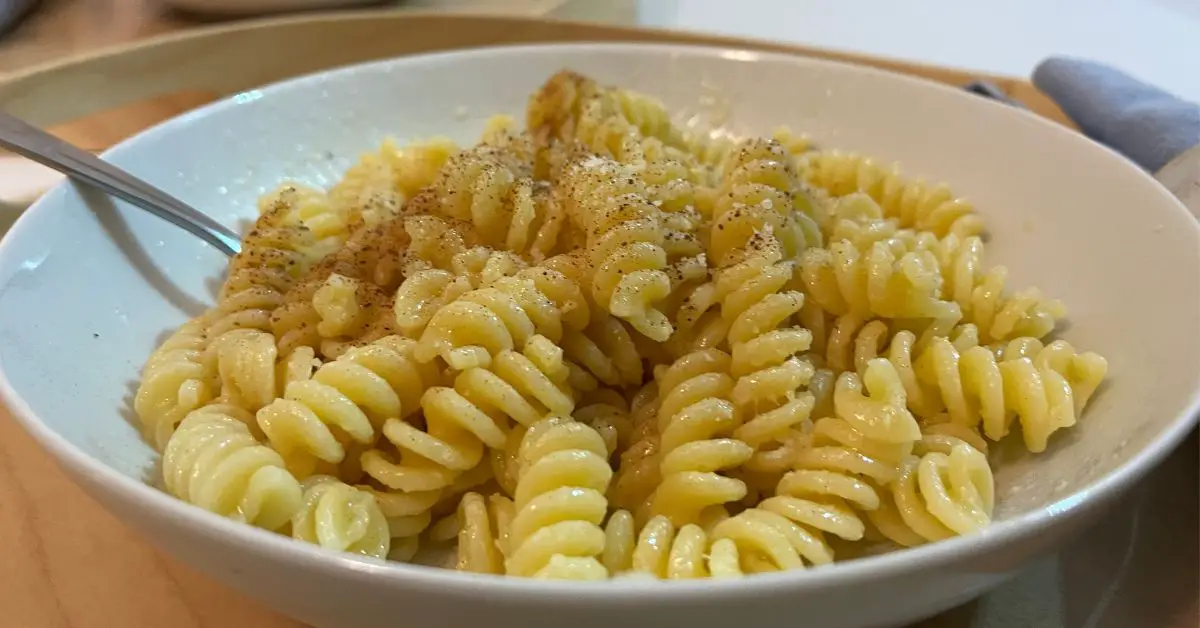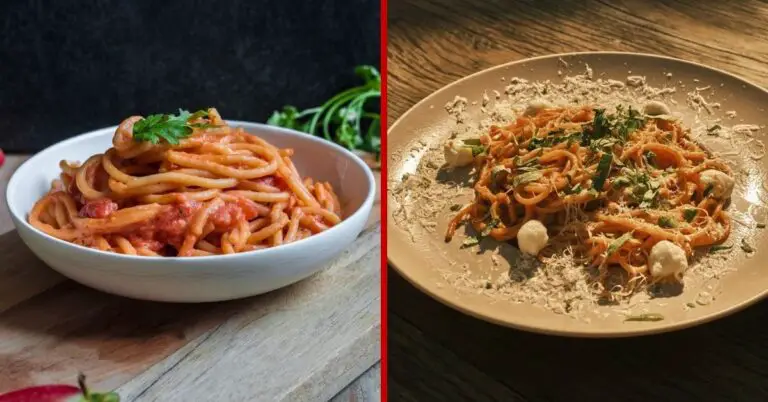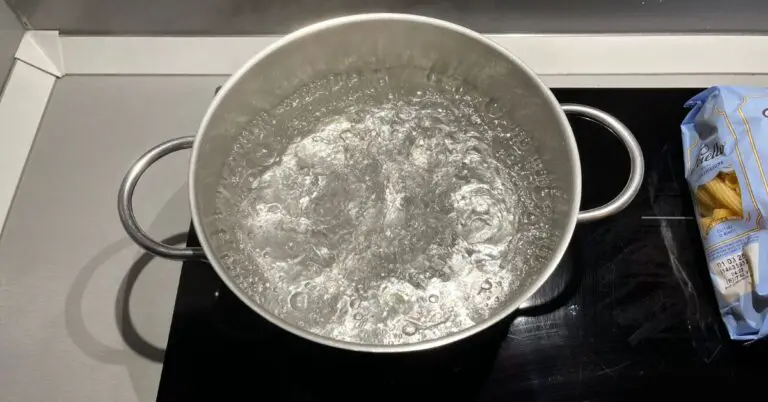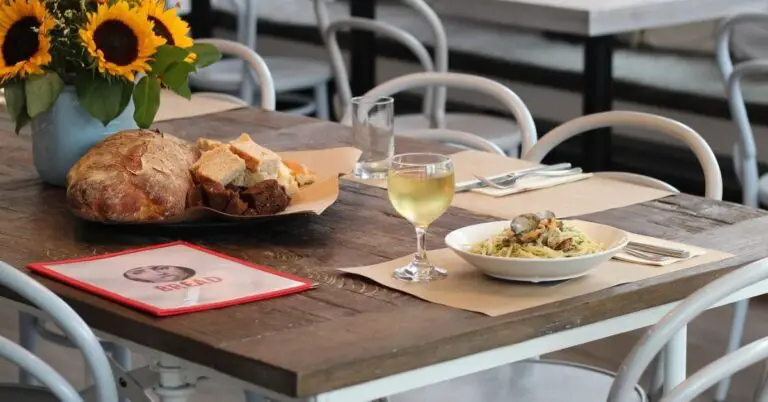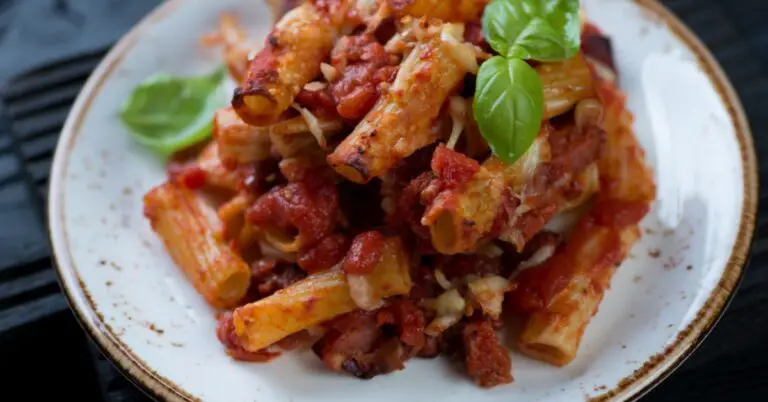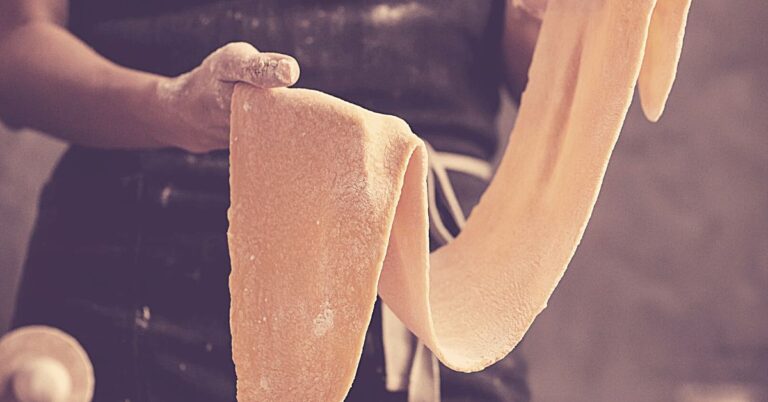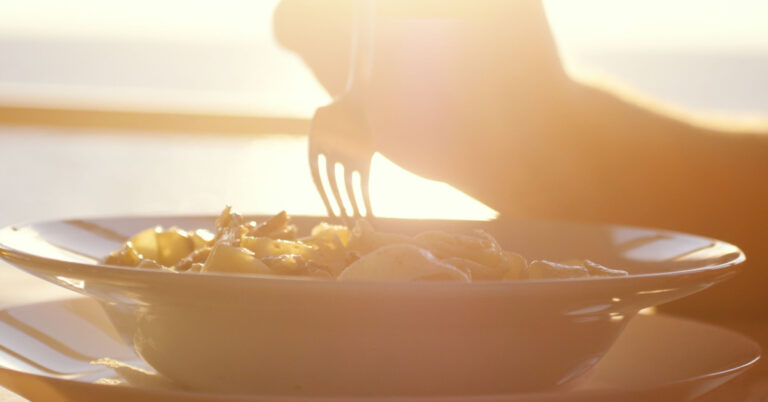When talking about Italian pasta, all the typical tomato-sauce-based recipes come to mind, but if you think that pasta to be delicious must be seasoned with tomato sauce you are wrong and have probably never tried a pasta in bianco (or white pasta or plain pasta) cooked properly.
Every child here in Italy knows that a fever, stomach flu, or any disease can turn into a “plain pasta day.” And even many adults opt, from time to time, for such a dish to go back in their minds to the flavors of home, to childhood memories, to those times when everything was simpler and yet so satisfying.
So yes, here in Italy we often eat pasta bianco (white pasta), that is, seasoned only with butter and grated Parmesan cheese. It is anything but a “dull” dish, by following a few rules it turns into a respectable, nutritious, wholesome, and very tasty first course.
If, on the other hand, by plain pasta, you really mean pasta without any seasoning, just as it is freshly drained, then no, it is not an Italian habit to eat it this way, except to taste it and understand whether it is cooked or not, here I explained the secrets of a perfect “al dente” pasta.
Plain pasta is much more than pasta without sauce.
No tomato, no béchamel sauce, no legumes or vegetables. But then what is in Italian-style pasta in bianco?
Only two simple ingredients season white pasta: butter and Parmesan cheese!
Don’t be misled, however, by this apparent minimalism. Nothing can be left to chance: the shape of the pasta, the way it is cooked, the quality of the raw materials, and the creaming meet very specific criteria.
Pasta format for plain pasta
In every Italian pantry, there is always a virtually unfailing pasta box: spaghetti. Quick to cook and tasty with any ingredient, they are also an excellent choice for pasta in bianco “adult” version.
For a nostalgic variation, on the other hand, absolute musts are ditalini, rigatoni pasta, and any other type of short tubular-shaped pasta.
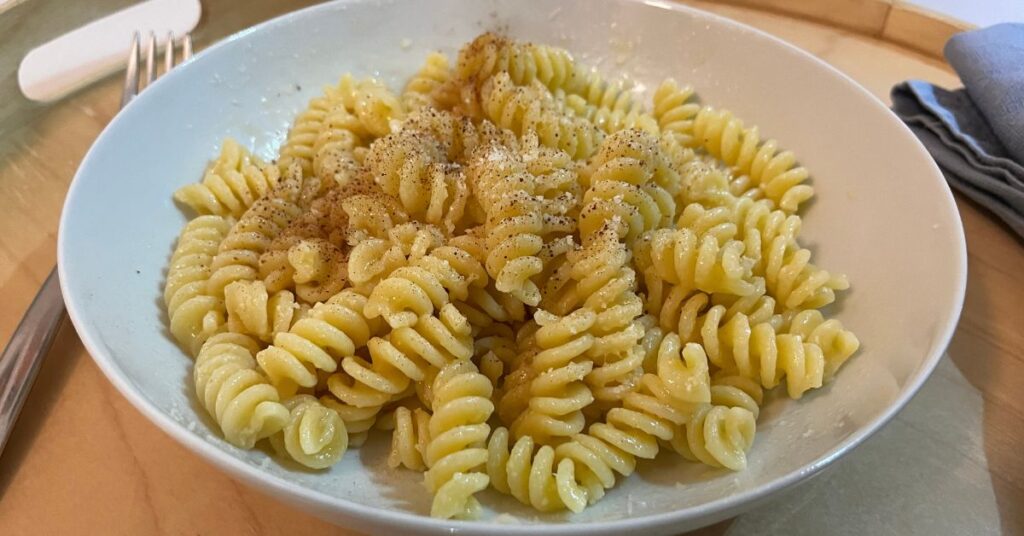
And here the dilemma bifurcates further. Smooth or ridged pasta? There is a tendency to think that the first type guarantees better absorption of the sauce. This is, more than anything else, a popular myth: “real pasta” is smooth because it cooks evenly at every point without discontinuity!
More sophisticated white pasta recipes also contemplate farfalle, tagliolini and tagliatelle: certainly, the resultant dish is richer, but certainly not minimalist like the nostalgic concept that makes this culinary offering so enjoyable.
Butter, oil, or margarine?
No kidding, Italian-style pasta bianco wants to be seasoned only with butter, is strictly prohibited the use of heavy cream. In recent years a vegan variant is also catching on, which then uses margarine (which is of vegetable origin). But woe betide using oil instead of these ingredients: it’s not like it’s a “garlic, oil and chili” pasta!
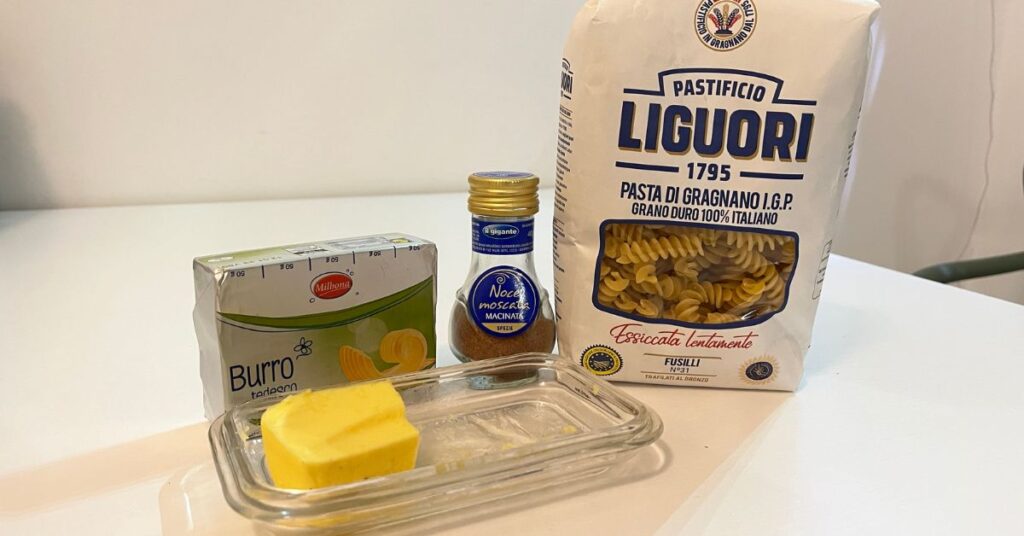
How to prepare Italian-style white pasta.
The perfect preparation timing is this:
once cooked al dente, drain the pasta and then return it to the pot over a low flame;
immediately add a knob of butter on top and stir vigorously until it turns into a sort of cream that completely envelops each piece of pasta or spaghetti; plate up quickly and serve with a grating of fresh Parmesan cheese and, if you like, a pinch of nutmeg.
Italian habits: when is pasta in bianco eaten?
Pasta in bianco is a nutritious and tasty dish but, above all, very quick to prepare and appreciated by practically everyone, including children: it is the comfort food par excellence with which to solve the “little ones’ menu” problem at a last-minute winter lunch or dinner to fight the cold with carbohydrates and protein.
It should be noted that along with minestrina (chicken broth with pasta), plain pasta is the food of choice when sick, as it is easily digestible and quite nutritious, for this reason it is also often present in school canteens.
In short, there is no particular timetable to take into account; rather, it is a convenient choice that manages to get everyone to agree and offer something wholesome and at the same time practical on the table.
Pasta in bianco at an Italian restaurant
It is not easy to find plain pasta in bianco on the menu of an Italian restaurant or trattoria, precisely because it is a very simple dish, but there is nothing to stop you from asking if it is still possible to have such a dish.
Abroad, where the culinary background is different from the Italian one, plain pasta is much more than just comfort food. It is possible to find different variations of it even within the menus of important restaurants, where chefs try their hand at preparations that, however, are often far away from the original recipe.
Even in Italy, white pasta is offered by top chefs and even at prohibitive prices: the reason? The choice of excellent and exclusively locally sourced raw materials. It must be said, however, that many times this dish is revisited precisely in a local key or to the “feeling” of the chef: and so yes to particular pasta shapes, to the use of egg pasta, to daring experiments and “stylish” preparations where even the plating becomes part of the recipe.
Take it also as a piece of advice: if one day, sitting at the table of an Italian restaurant, you should find on the menu a dish of pasta in bianco proposed at a seemingly unreasonable price… focus on the quality of the ingredients and the type of preparation. In these details, you will find the answers to all your questions.

